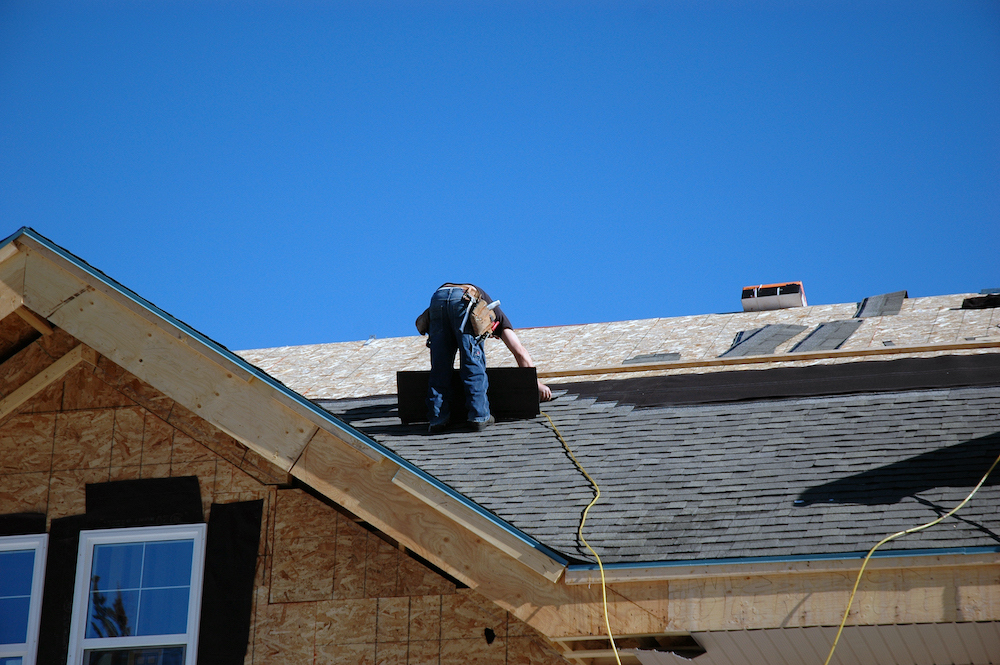Fences are often the first to go during a hurricane or major wind storm. D&C Fence Co. in Corpus Christi has more than 26 years’ experience keeping its fences upright during natural disasters. General Manager Rich Hanner offered some advice on how to help your fence handle horrific winds.
When you know a storm is coming, you can add hurricane straps to the fence to reinforce it. If you know how the storm is going to hit, whether your fence is going to be on the windward side or not, you can add angle braces with stakes driven in the ground as additional reinforcement.
Also, remove any signs on the fence, which can catch the wind and further weaken the stakes. You should also brace your gates in the open position whenever possible to give the wind someplace to go rather than pushing against your fence. Just make sure the gate can’t swing!
“To be perfectly honest, most of what you can do to secure a fence comes from when you build it,” Hanner continued. “Put it in right, and you’ll be less likely to lose it”
The most hurricane-resistant fences use schedule 40 steel posts set 36 inches deep and no more than 7 feet apart. All connections are wood screwed or use ring shank nails.
The most popular backyard fences for residential homes are actually among the most vulnerable to high winds: wood fences with vertical planks.
“There’s no space for wind to pass through,” Hanner said. “But the price is reasonably low, they are attractive, and provide privacy.”
Alternatives include vinyl fences, which are also nice looking but come at a higher price point. They will need extra screws and anchoring devices as well to make them less vulnerable.
Perhaps the least susceptible to wind damage are chain link fences, which are also the least attractive to put around a house.
Hanner did have some good advice for building a hurricane-resistant wooden fence.
“You have to have your footings at least 30 inches deep and have three or four horizontal rails with posts no more than 7 feet apart,” he said. “That gives you a pretty strong fence. That’s the typical way to build a wooden fence in the Coastal Bend.”
High winds are not the only threats to coastal fences. Rust is a major concern because of the high amount of salt in the air. Also, the ground farther inland, away from the sandy islands, has a high clay content that can contract and loosen when it dries then squeeze your posts right out of the ground when saturated again if not kept moist. Yes, you have to water your fence posts to keep them stable, Hanner said.
“It’s almost like squeezing a tube of toothpaste,” he said of posts in dry, clay ground. “You have to maintain a constant moisture for stability. When you water your yard, water your fence, too.”
D&C Fence Co. is located at 1029 Savage Lane in Corpus Christi. Call 361-289-8277 for more information, or visit dcfence.com. Hanner also offers tips on how to avoid scammers after a storm.




